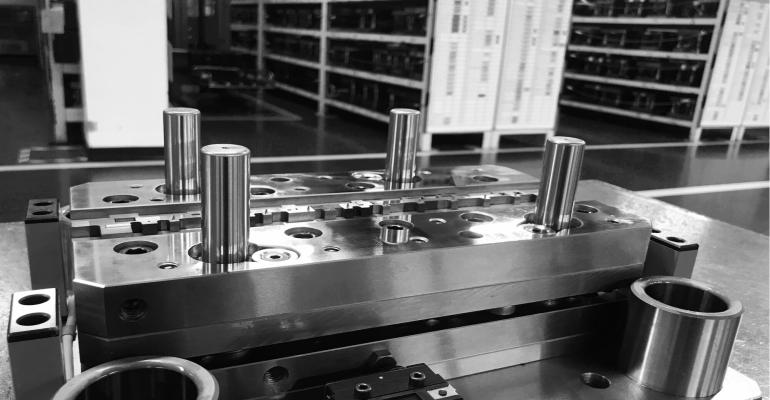Tool and die makers have plenty of opportunities to gain work over the next several months as new vehicle projects increase, but they face cost-cutting efforts by automakers and fierce competition from rivals not subject to steep tariffs, according to a new survey by Harbour Results.
Demand for durable goods remains above expectations even with high interest rates, stagnant disposable income statistics and persistent inflation, says Harbour Results director of market intelligence Cara Walton.
Like other companies in the manufacturing sector, however, tool and die makers are facing upward pressure on wages as skilled employees become harder to find and more expensive. Additionally, shops saw projects deferred,and now face customers who are looking to trim manufacturing costs in the face of having to pay higher wages and benefits to UAW workers after the strike.
Laurie Harbour, Harbour Results CEO, says substantial numbers of new vehicle projects are in the pipeline for the North American automobile industry over the next couple of years, even though some have been deferred because of the uncertainty around the economy.
“I am very bullish about what’s coming,” says Harbour. She notes that in 2019 the industry had 173 projects with internal combustion engines in the pipeline. On projects for 2026, which are likely to go out for quote soon, the numbers climb to 154 projects with internal-combustion engines and 96 electrified vehicles.
One of the major challenges for tool and die makers in North America, though, is intense competition from China.
The OEMs are certain to look to offset rising labor costs with cuts in other areas, and tooling and die-making are inviting targets, Harbour says, since tools and dies cost 50% to 60% less in China.
Despite a 25% tariff on Chinese-made tools, Chinese firms enjoy a substantial advantage in labor costs and other operating expenses. Chinese firms also receive substantial subsidies from state government and the price of steel is regulated in China. The cost of shipping finished products to the U.S. has dropped in recent months after rising dramatically, she says.
Settlements of the UAW contracts with Detroit’s automakers have reduced profits, Harbour notes, with Ford’s profits sliced by $1.3 billion by the 44-day strike and GM and Stellantis each seeing third-quarter profits cut by $800 million, according to quarterly financial reports.
Meanwhile, Toyota indicates it is preparing to give employees a 9% raise as the union’s tentative agreements with the Detroit automakers move toward ratification, indicating that cost pressures go beyond the Detroit Three.
“I can confirm we announced a wage increase on (Oct. 31) to most of our hourly manufacturing, service parts operations and logistics team members. Effective date is Jan. 1,” according to Toyota spokesperson Scott Vazin. The raise is expected to boost Toyota employees’ hourly wages from $31.86, which is comparable to those paid at Ford, GM or Stellantis, to $34.80.
The UAW negotiated a 25% pay increase stretched out over 4.5 years and Toyota’s move caught the eye of union President Shawn Fain.
“These contracts are so good even non-union autoworkers are getting a raise,” Fain says during a Facebook Live appearance to present details of the tentative agreement with Stellantis. “Terrified auto executives are rushing to give their own employees a raise in hopes of fending off the UAW.”





